In Europe, the Eurasian brown bear, scientifically known as Ursus Arctos, pervades the region’s vast forests and mountain ranges. While the term “bear in Europe” might leave an image of a continent teeming with these mammoth mammals, the reality is more dynamic, calling for serious attention towards bear conservation. This article explores all you need to know about the brown bear, its habitats, and its relationship with humans.
The Presence of the Brown Bear in Europe: How Many Bears Exist?
Current Brown Bear Population
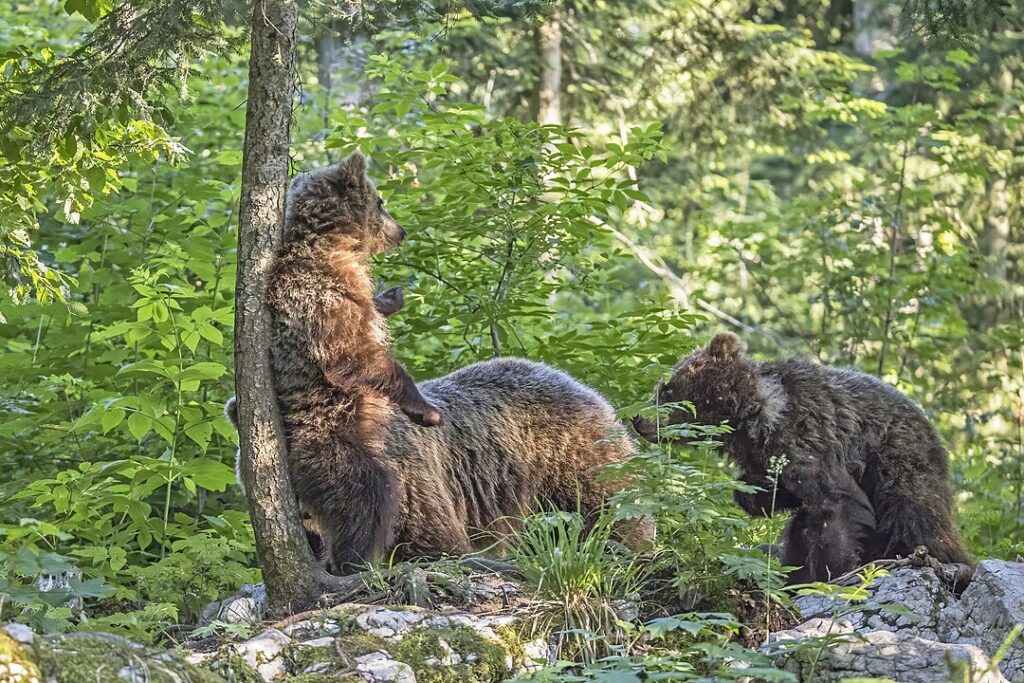
The current brown bear population in Europe is estimated to be approximately 40,000. This may seem like many bears, but the figure represents a fragile balance of bears living across the continent.
Where Do Bears Live in Europe?
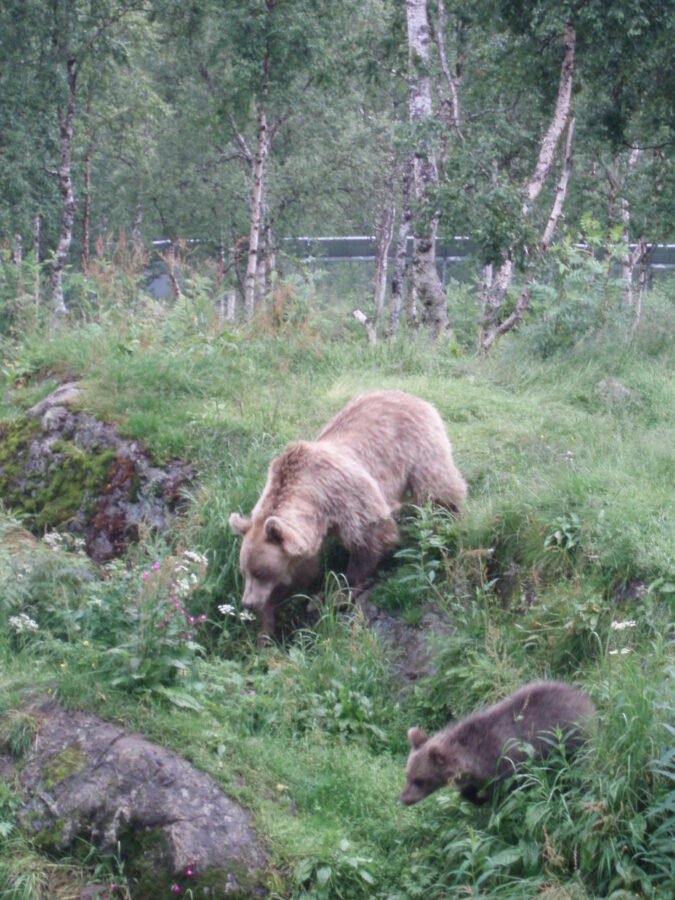
From the verdant expanses of Scandinavia to the rocky outcrops of the Pyrenees, the Balkans, and especially the Carpathian Mountains, bears live in various habitats. The highest population of brown bears can be found in Central Europe, particularly Romania.
Understanding the Lifestyle of Ursus Arctos
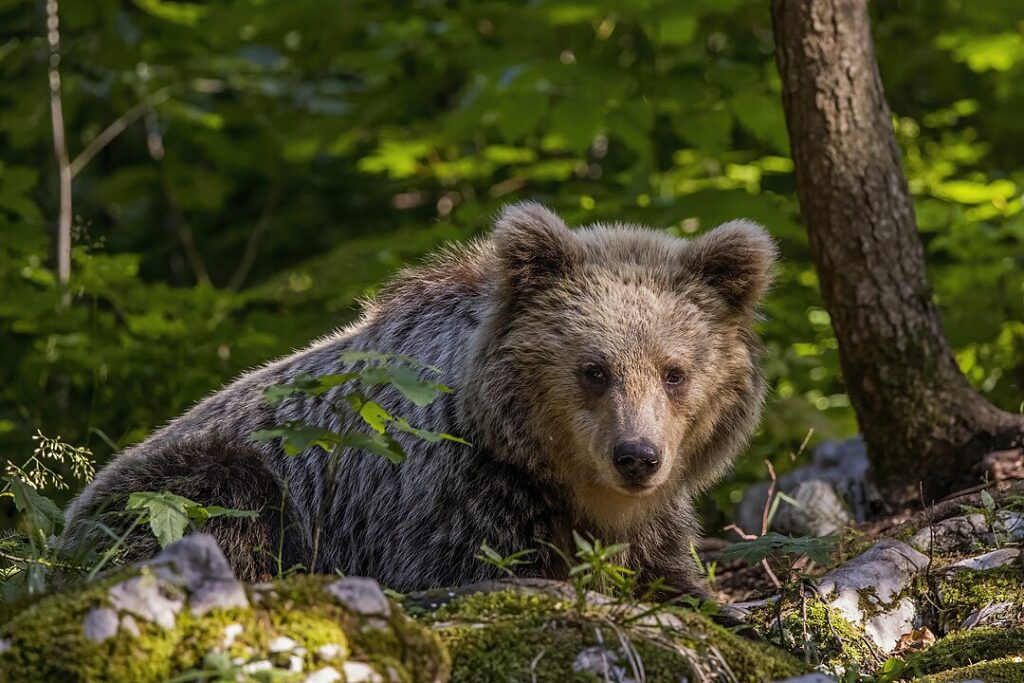
The Ursus Arctos is a large carnivore adept at adapting to different climates of Europe and Asia. They are solitary creatures who dwell mainly in the forests and mountains, living for approximately 20 to 30 years in the wild.
Features and Traits of the Brown Bear
What Does a Eurasian Brown Bear Look Like?
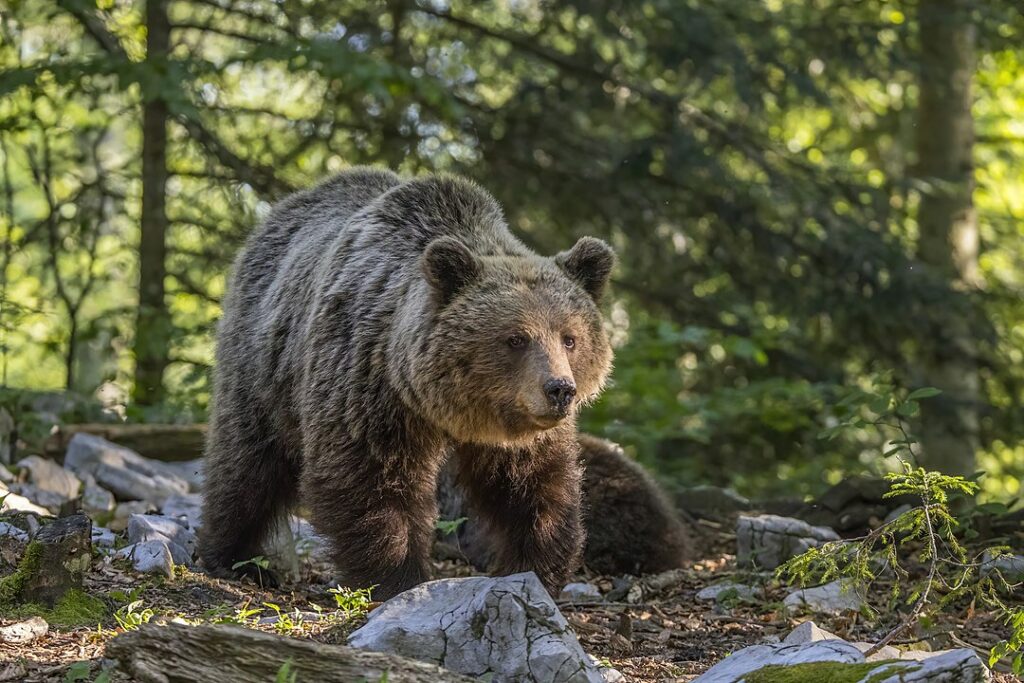
Eurasian brown bears are the subspecies of the brown bear that thrive primarily in Northern Europe, including Scandinavia, Estonia, and the Cantabrian Mountains. They are distinguishable by their daunting size and varying shades of brown fur.
Unique Traits of the Paw
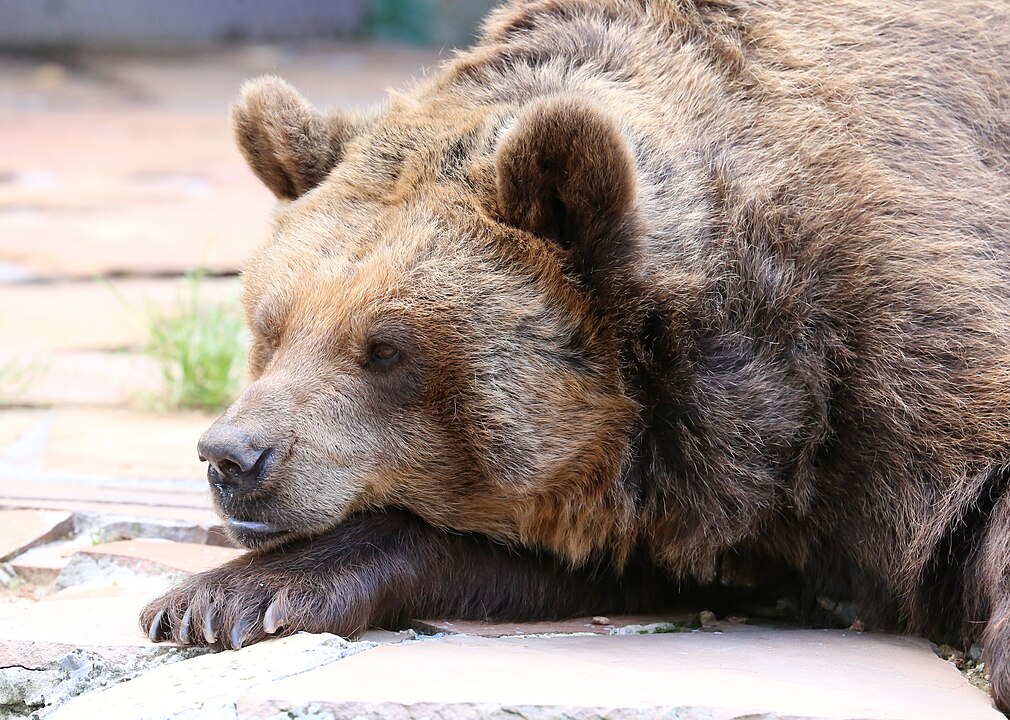
Eurasian brown bears possess a unique paw that gives them an unprecedented advantage in hunting and agility. This aspect of the species is central to their success as a large carnivore.
The Lifespan of a Brown Bear: 20 to 30 Years in the Wild
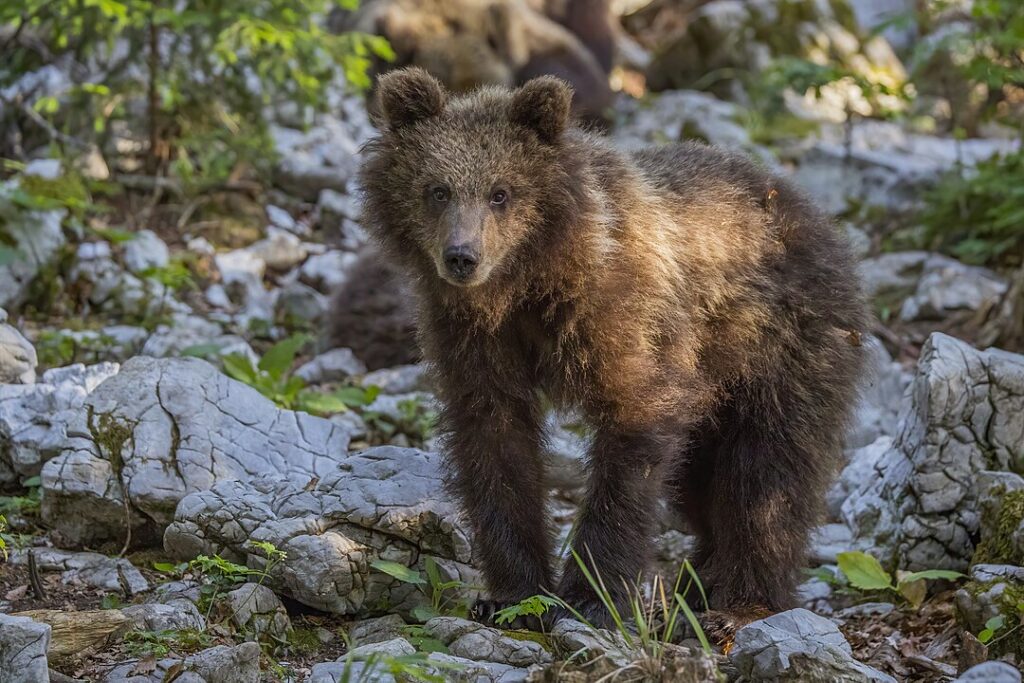
With a lifespan of 20 to 30 years in the wild, brown bears experience a life filled with exploring, raising cubs, feeding, and hibernating.
Major Habitats of the Brown Bear in Europe
Ursus Arctos of the Carpathian: Romania’s Brown Bears
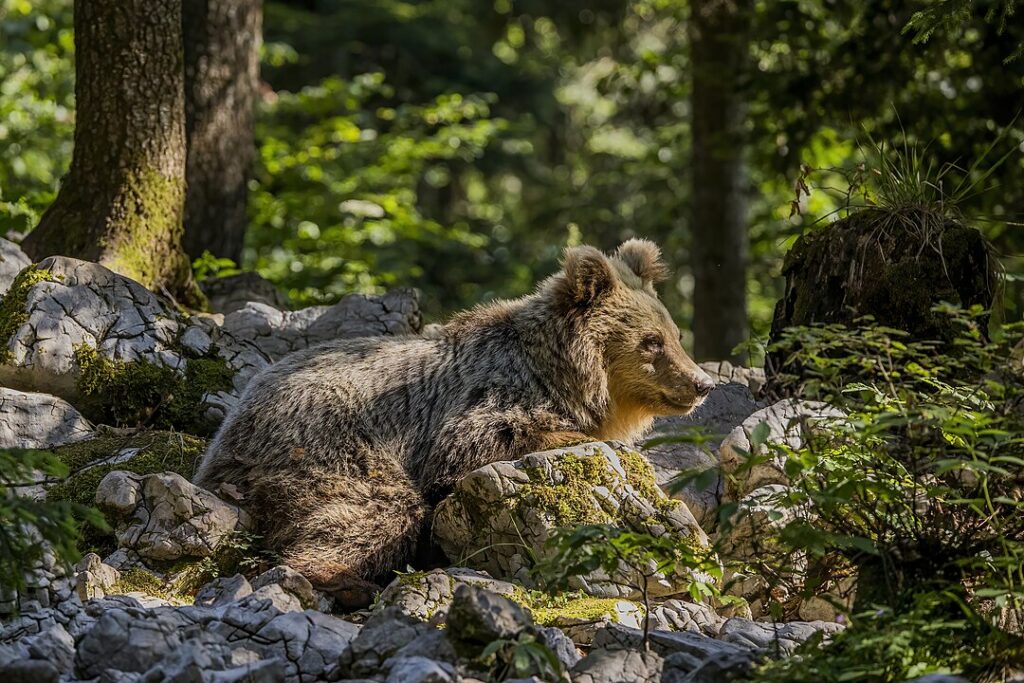
While bears are present in various regions of Europe, the Romanian Carpathian is a notable habitat hosting a significant population of brown bears. The Carpathian brown bear is an integral part of the Romanian ecosystem.
Finland: A Haven for Brown Bears
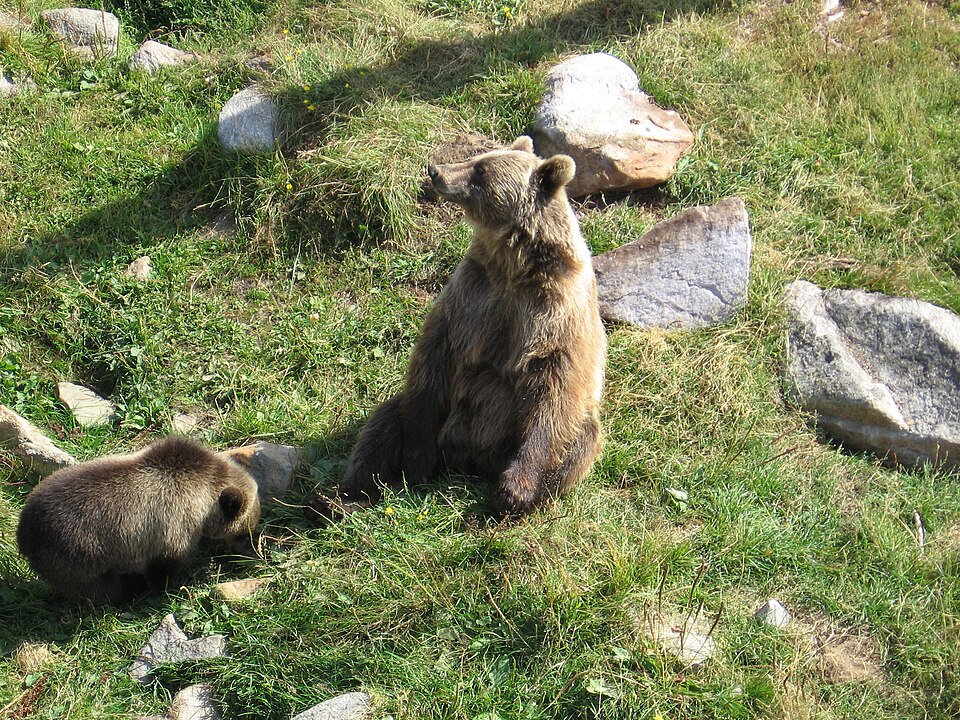
Finland, on the other hand, is a haven for brown bears. Where you might expect to see bears on a Finnish forest road, the sight remains a thrilling encounter with nature.
Slovenia’s Role in Brown Bear Conservation
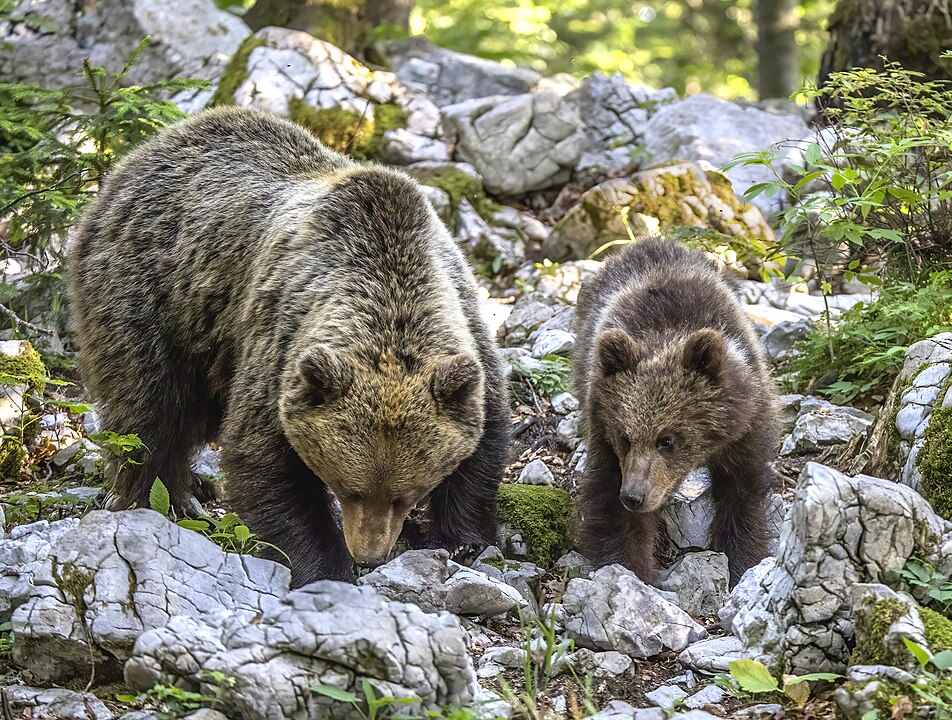
In Slovenia, a groundbreaking example is being set in the field of bear conservation, with concerted efforts being made to preserve the brown bear population and their habitats.
Brown Bears and Humans: A Complex Relationship
How Human Activities Affect Bear Populations
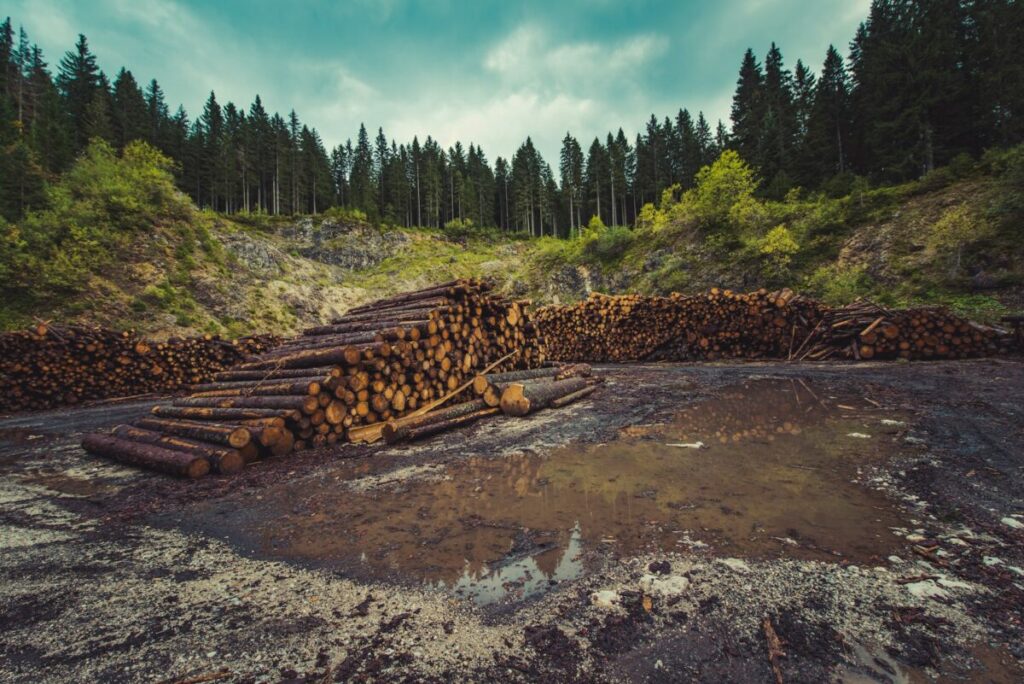
Human activities, from deforestation to illegal hunting, have drastically affected bear populations in Europe and Asia. This disruptive scenario in Western Europe and Croatia conceivably threatens the longevity of these large carnivores.
Effective Strategies for Bear Conservation
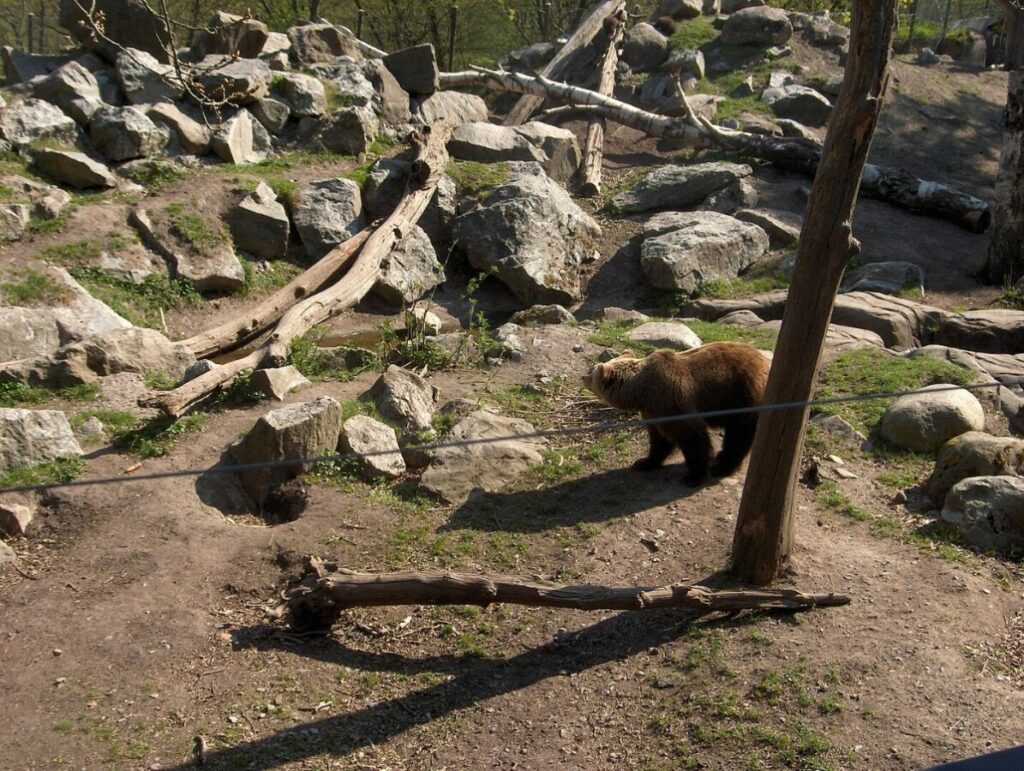
Protecting the bear population in Europe requires effective strategies for bear conservation. Creating bear-friendly zones and conserving their natural habitats can lead to stable growth in the population of brown bears.
The Brown Bear’s Role in European Ecosystems
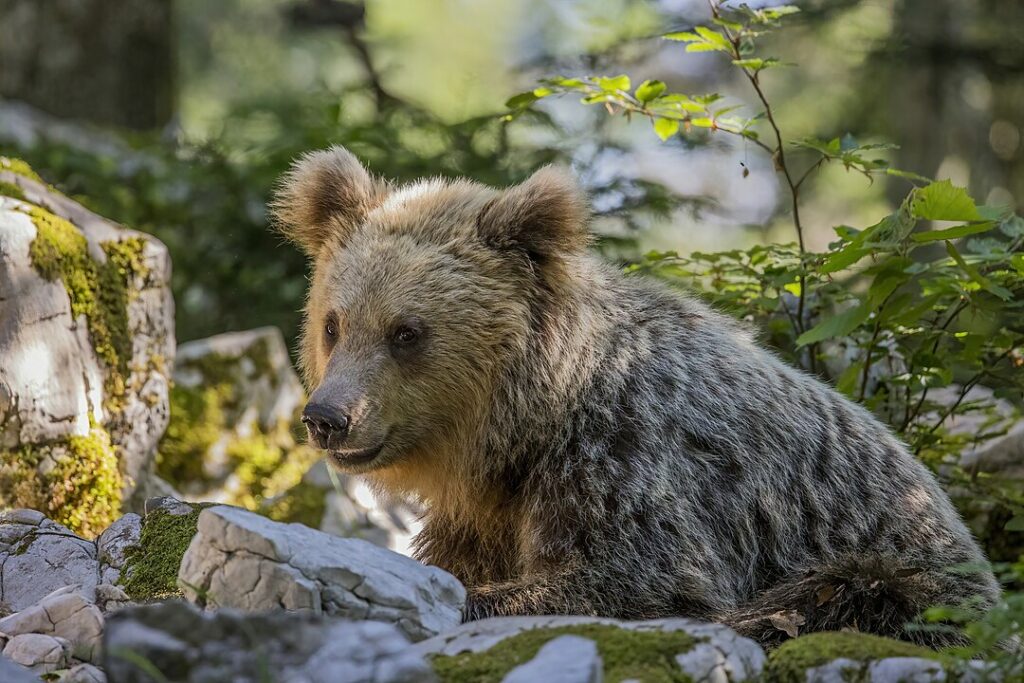
Brown bears play a vital role in European ecosystems. They are a keystone species that helps to maintain the balance of nature, emphasizing the need for their survival and the preservation of their habitats.
Endangered Status: Are Brown Bears at Risk?
Current Threats to the Brown Bear
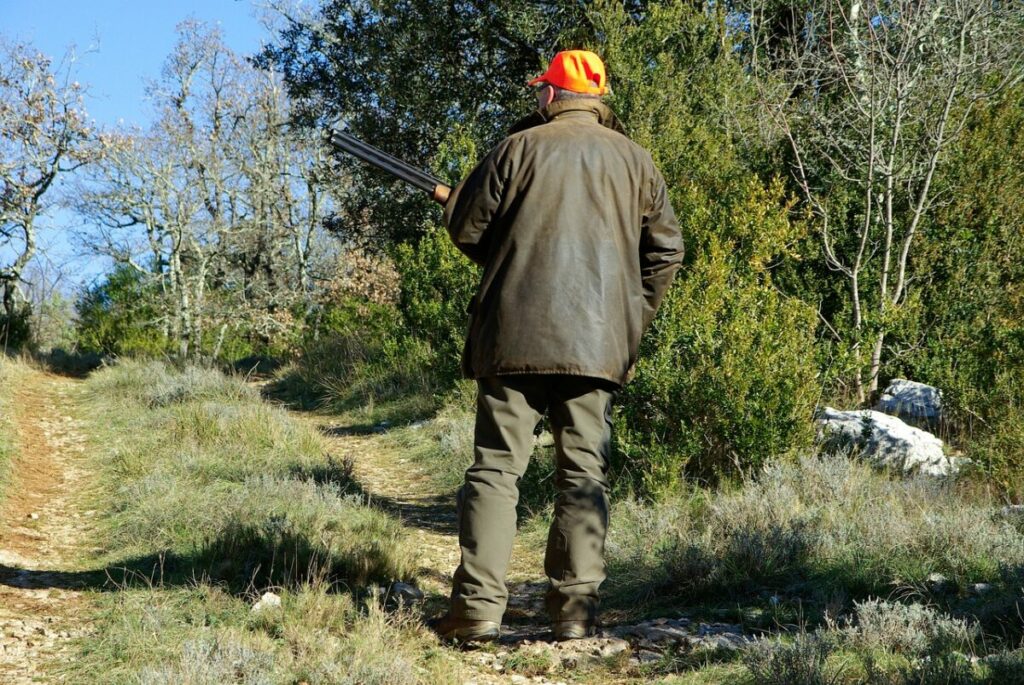
Despite their strong presence, brown bears in Europe are not invincible. Severe threats lurk, endangering their existence. From habitat loss, poaching, to traffic accidents, brown bears face considerable danger, putting them at risk.
Efforts to Protect the Bear Population
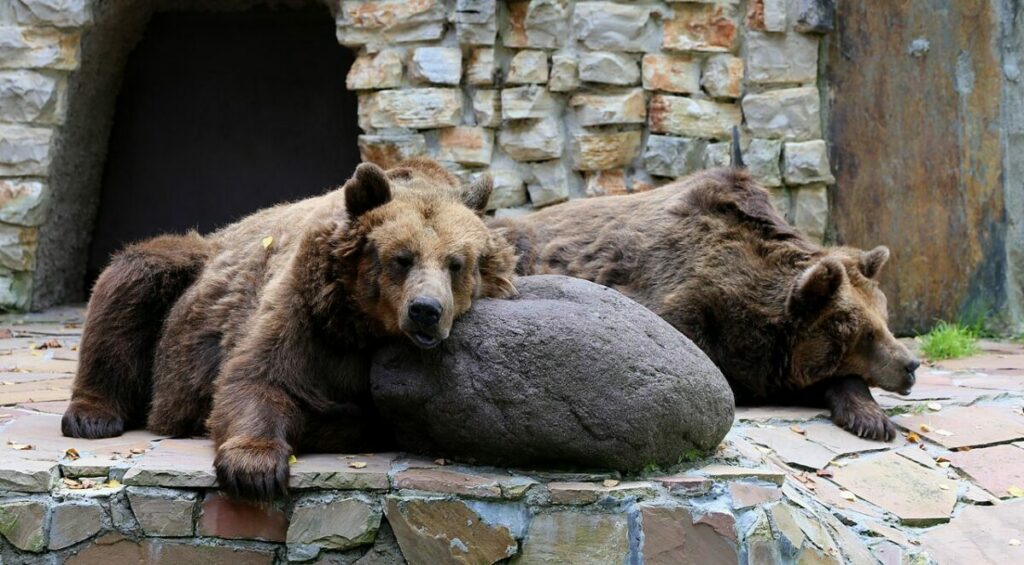
Efforts to protect the brown bear population in Europe are underway in many regions. These efforts are vital to ensure the continuous co-existence of humans and bears, and maintaining the cultural and biological diversity of the continent.
The Importance of Bear Conservation
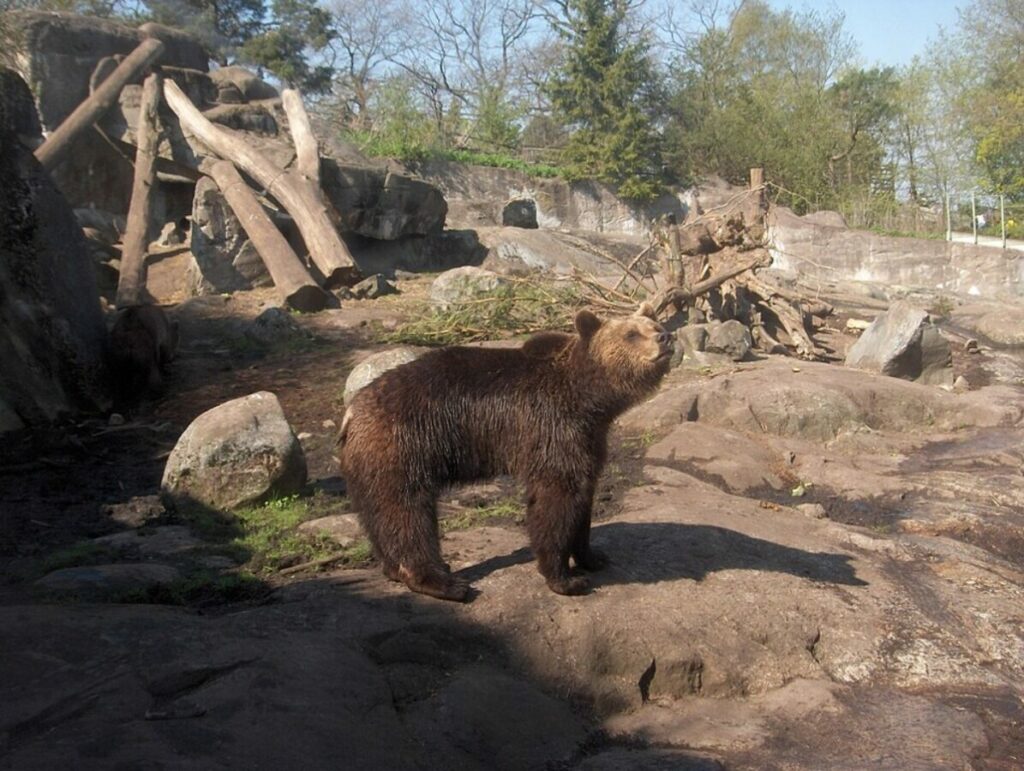
Bear conservation is essential to protect these magnificent creatures and preserve the balance of nature. Not only do brown bears contribute to the health of ecosystems, they are a testament to the wonder of our natural world.